Washing feather pillows
Washing feather pillows is a necessary process to keep your bed clean and healthy from the possible unpleasant consequences that can arise from improper pillow care. During sleep, each person secretes a certain amount of sweat, which is absorbed into the pillow, and even replacing the pillowcase does not prevent the fluff from absorbing natural fluids.

Dust mites, fungus and bacteria grow in the downy warmth. Because of this neighborhood, a lot of unpleasant waste products are released, which are mixed with dust and human excreta. Therefore, every housewife should know how to wash feather pillows.

How do I prepare my feather pillow for washing?
Today, a very large number of housewives are interested in how to properly wash feather pillows. In most cases, proper preparation and adherence to all washing steps will work equally well for all types of feathers. Washing down pillows at home includes the following preparatory steps:
- Beat the pillow, paying special attention to the corners where the fluff accumulates.
- Remove to fresh air (depending on the place of residence).
- Allow the pillow to air at least overnight, or better for a day.

Important! It is best to carry out washing in winter or summer, since it is important for mites to live and reproduce in favorable temperature conditions.
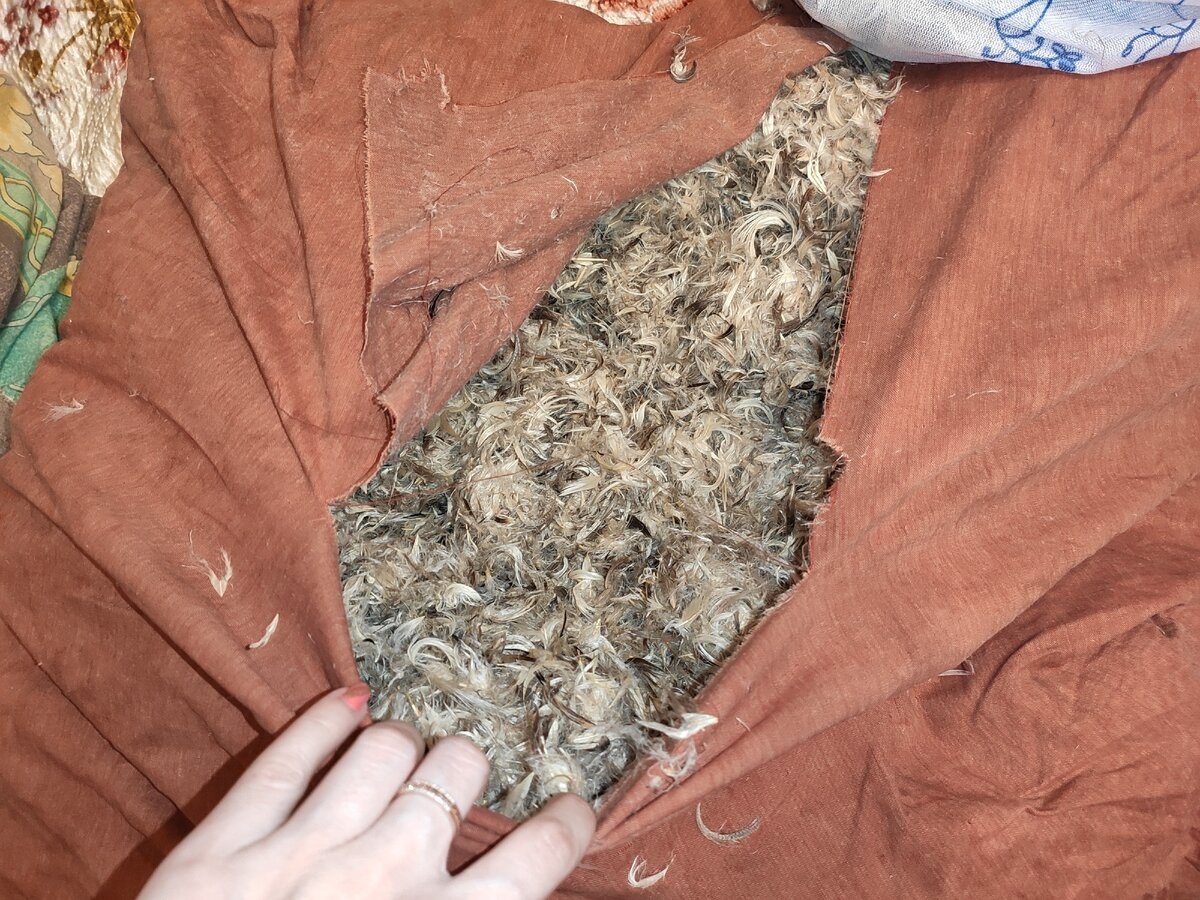
Placing fluff in covers
After the pillow has "rested" in the fresh air, in hot or cold weather, the immediate preparation of the filler begins. The pillow is carefully opened on one side, the filler is poured onto a prepared sheet or oilcloth.

The seized material is placed in special bags, which are then sewn up. Such precautions are necessary so that during washing, especially in a typewriter, the filler does not spill out. This could result in irreparable damage to the machine.

The bag itself must be made of a material that is well permeable to water, and at the same time dense enough to be reusable.

Important! Before ripping open the pillow, you need to make sure that there are no drafts that can scatter the fluff throughout the room.

It is also recommended to distribute the filler into a large number of bags for better cleaning performance.
Even housewives who monitor the condition of their pillows forget about the need to control the cleanliness of the pillowcase. It must be remembered that in the corners of this "keeper of dreams" there may be lumps of fluff containing "guests" who, after restoring the integrity of the bedclothes, will immediately run to develop their population, and thus all efforts will go to waste.
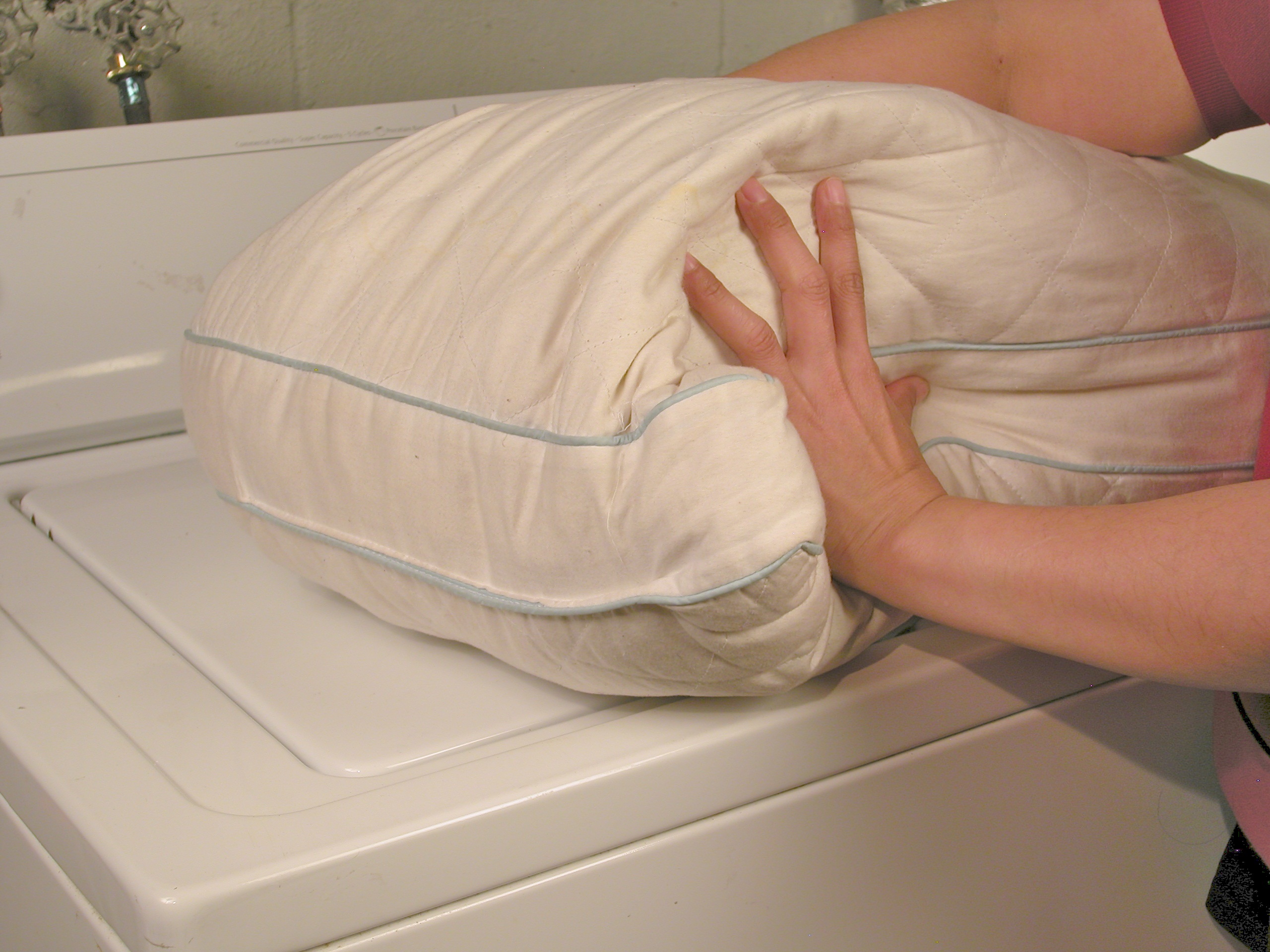
Sweat stains are another big problem with bedclothes. Since sweat contains a considerable amount of human fat, stains are well eaten in and very difficult to wash. For the best effect, you must use the following cleaning methods:
- The method that came from grandmothers is rubbing the problem area with ordinary soda.
- The acid that lemon juice contains. Perfectly removes stains and brightens the fabric itself.
- The aforementioned juice can also be mixed with peroxide, but it is better to save your hands, especially if there are minor scratches or wounds.

It is recommended to use each of the above-mentioned products for rubbing the problem area and add a little to hot water. It is not recommended to use the machine in such cases; it is better to wipe the stains by hand and leave the naperniki to lie down in hot water.

Choosing a detergent
Since the main task is to destroy dust mites and bacteria, it is necessary to choose a good product that is suitable specifically for washing the filler, the fragrance will also not be superfluous. A water softener and bleach will also work.

For washing down pillows at home, it is better to choose good powders, preferably from those that are used in various dry cleaners, and have a more aggressive effect on the environment.

How often the housewife washes the pillows is of great importance. With regular cleaning, the need for aggressive powders becomes less, it is enough just to do preventive maintenance.

Can I machine wash my feather pillow?
A washing machine will greatly facilitate the washing process, because pillows divided into several batches cannot be washed at a time, and hand washing will take a long time. Machine wash requires:
- Relatively low temperature (25-30 degrees).
- Selection of the washing mode. It is necessary to remember about the possibility of untiing the bag.
- Powders and complementary gels.
- Rinsing.
- Small decorative pillows or pillows do not need to be unpicked and the contents taken out.
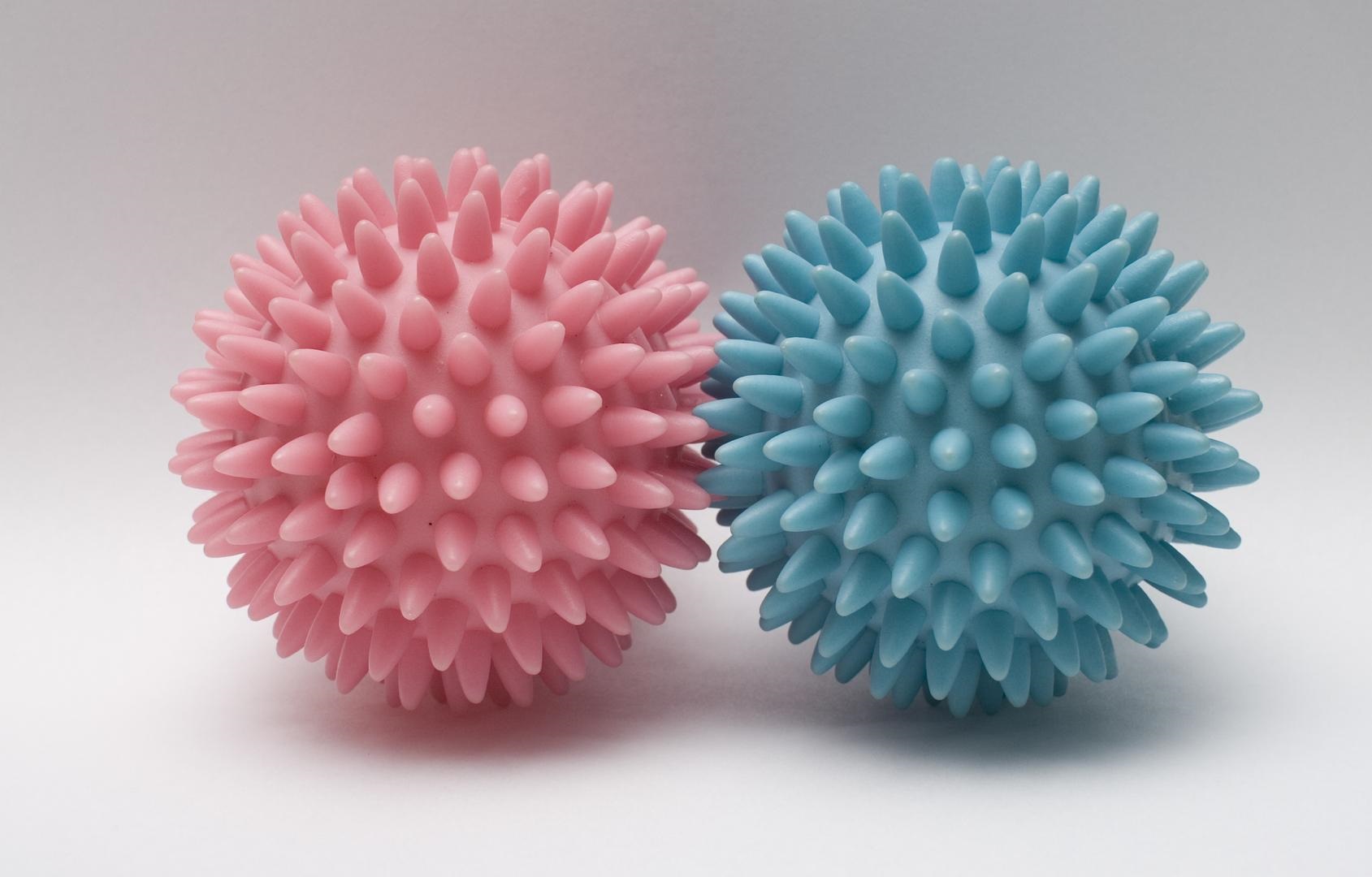
Features of hand wash
One of the main disadvantages of hand washing is the time and laboriousness of the process itself. There are two ways to wash manually. The first method involves a gauze bag made of fabric folded several times.
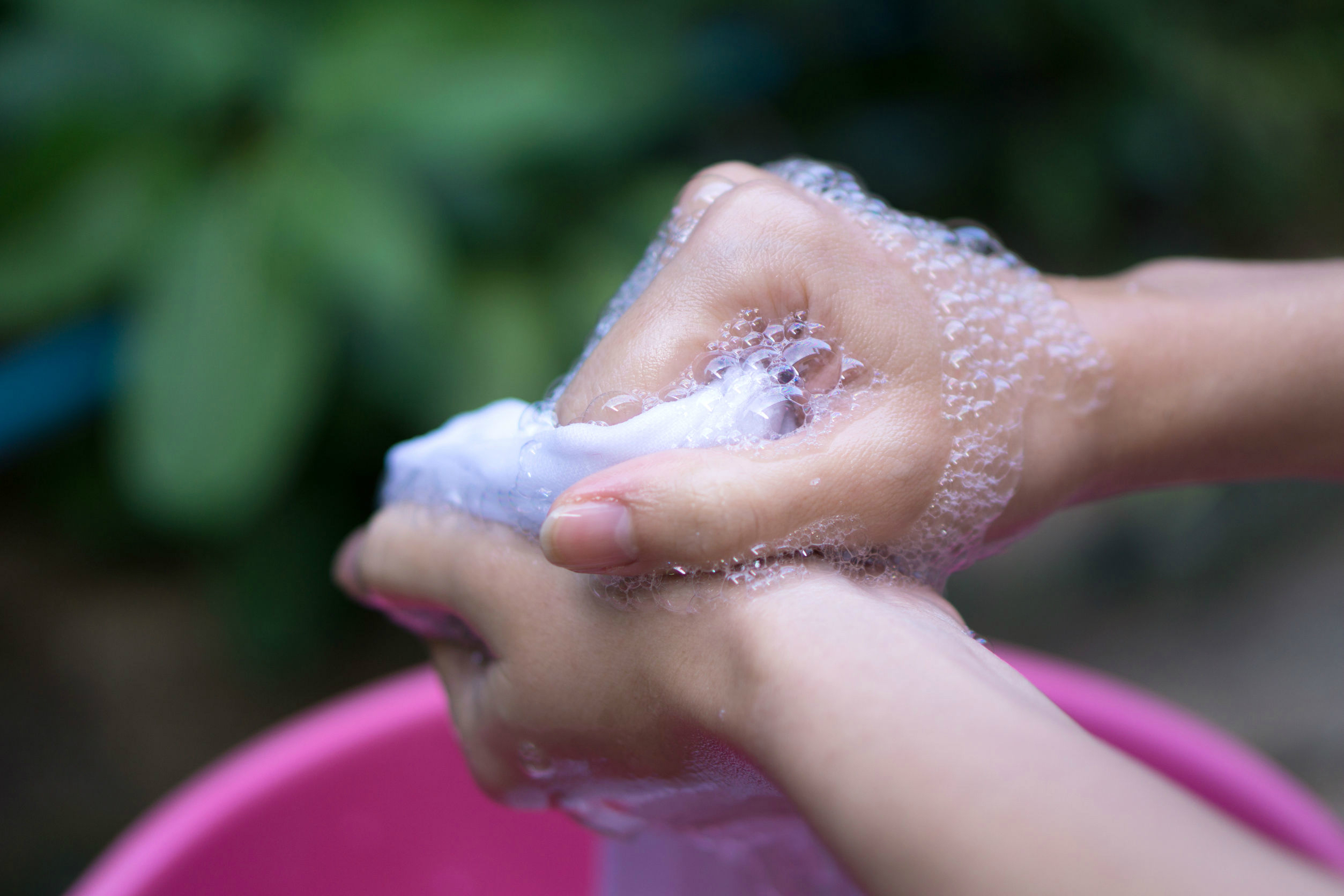
Collect hot water in a basin, add detergents and leave the bag itself in the resulting mixture for a while for better moisture impregnation and penetration of detergents among the fluff. Then gently soak, change the water as necessary.

To apply the second method, a sieve is required. After filling the sieve with fluff, immerse it in warm water, already filled with detergents and leave for a while, and then wipe out the filler. This method is less laborious, but there is a possibility of damage to the fluff due to strong movements in the water. Therefore, the time spent is slightly higher.

If the initial base of the filler is too hard, you can add conditioner, and for a pleasant smell, fragrance. This gives the pillow a pleasant scent and will make your sleep much more pleasant.

How often should you wash?
From the information above, it becomes clear that the most favorable time to wash pillows is summer or winter. Although it all depends on the place where this or that person lives. In any case, it is enough to imagine bed linen that has not been changed for a month. The situation is the same with pillows, just the consequences of long-term use are not so visible.

How to properly dry feather pillows
The main enemy of the filler after washing is moisture. Each bag must be hung from a warm radiator or in the sun, stirring the contents from time to time. Insufficient drying increases the likelihood of mold. In any case, the filler will have to spend at least a day on the street, additionally drying and airing.

Important! Each bag should not be placed on something, but hung up as when drying clothes. At the final stage of drying, when the fluff is barely wet, you can spray a little with perfume, which will add pleasant aromas during sleep.

Can you steam clean
Practice shows that steam cleaning does not so much clean as it refreshes the pillow. However, there is such a possibility. Steam cleaning requires:
- Any appliance with a vaporization option.
- Treat the pad on both sides, three times with a short break.
- Dry in the sun.
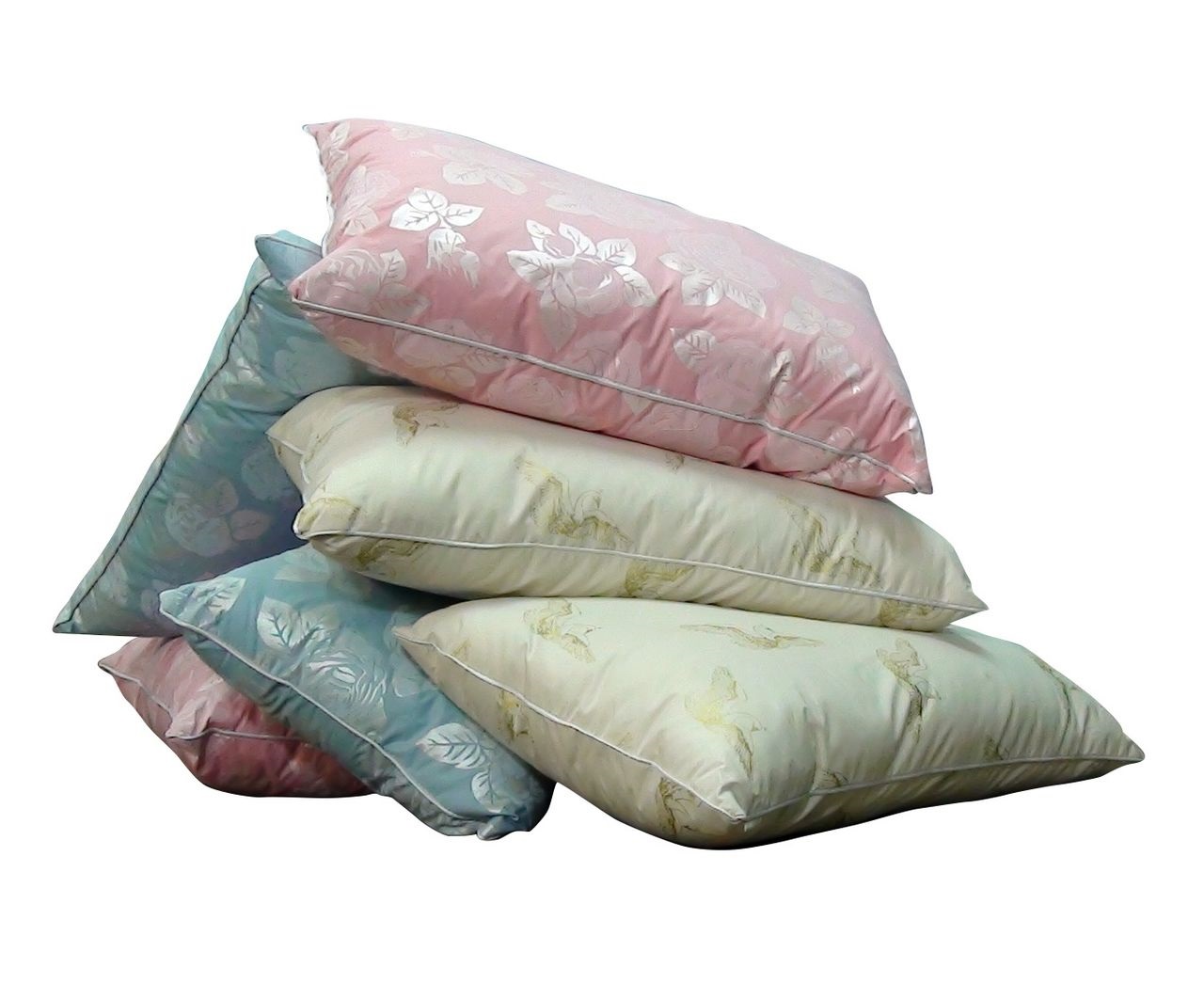
When steaming, some of the base may roll into lumps, so it is recommended that you beat the pillow thoroughly with your hands. It must be remembered that large-sized products may not allow steam to pass to the required depth. Because of this, it is still recommended to do the wash for the best effect.

All things that surround us at home must be monitored and looked after. Unfortunately, a very large number of people do not pay attention to the main subject for good sleep.Quite a laborious process that requires a lot of time, in fact, it is not too complicated. We are surrounded by a whole sea of various bacteria that will not be visible to the naked eye, but at the same time perfectly adapt to our habitats, which is why it is so important to do timely washing.
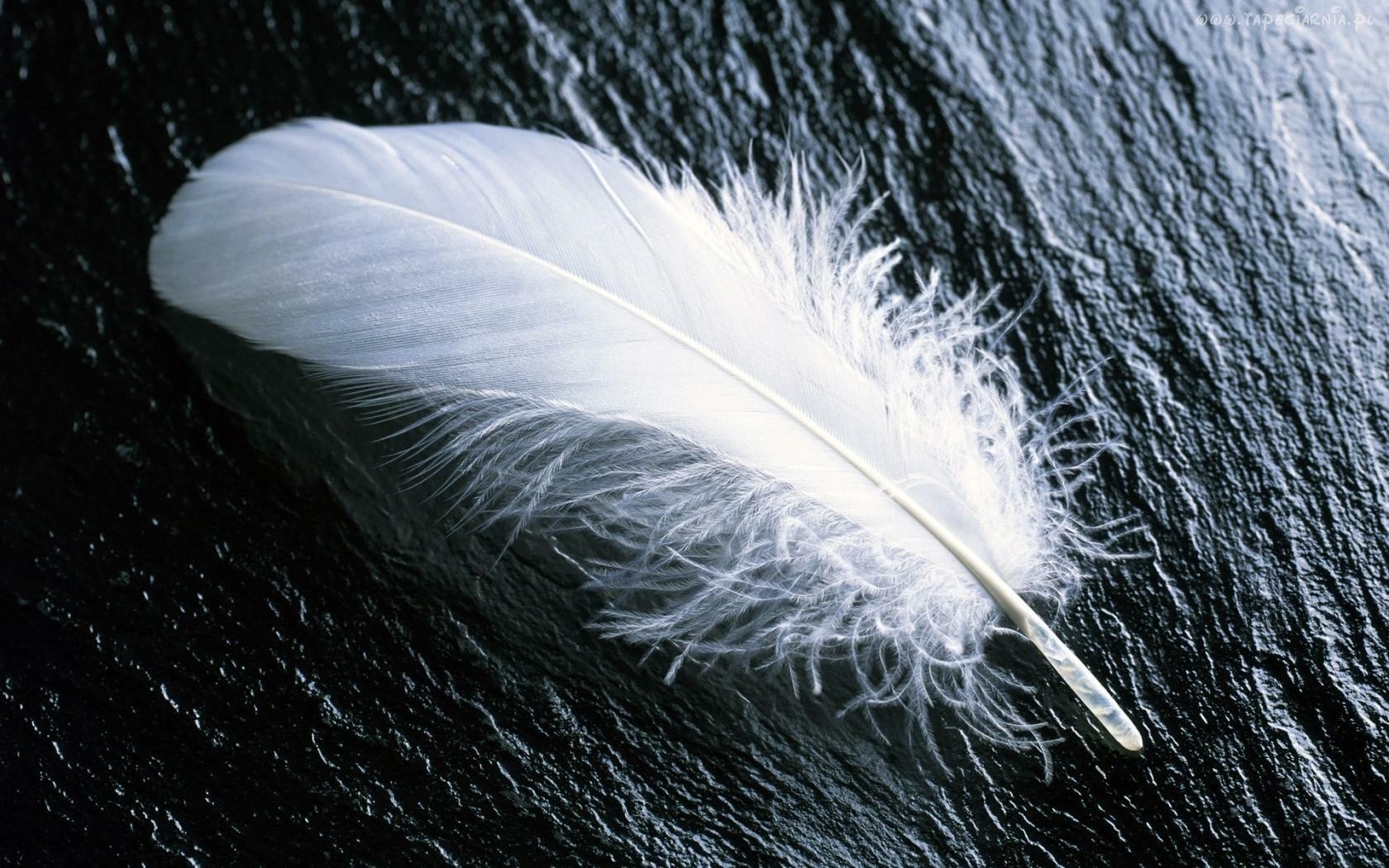
You do not need to save on your safety and the safety of others, and especially children, because this can lead to catastrophic consequences and large expenses. It is necessary to adhere to the standards of cleanliness in order to sleep sweetly on your pillows.
Video: how to properly wash a feather pillow at home





